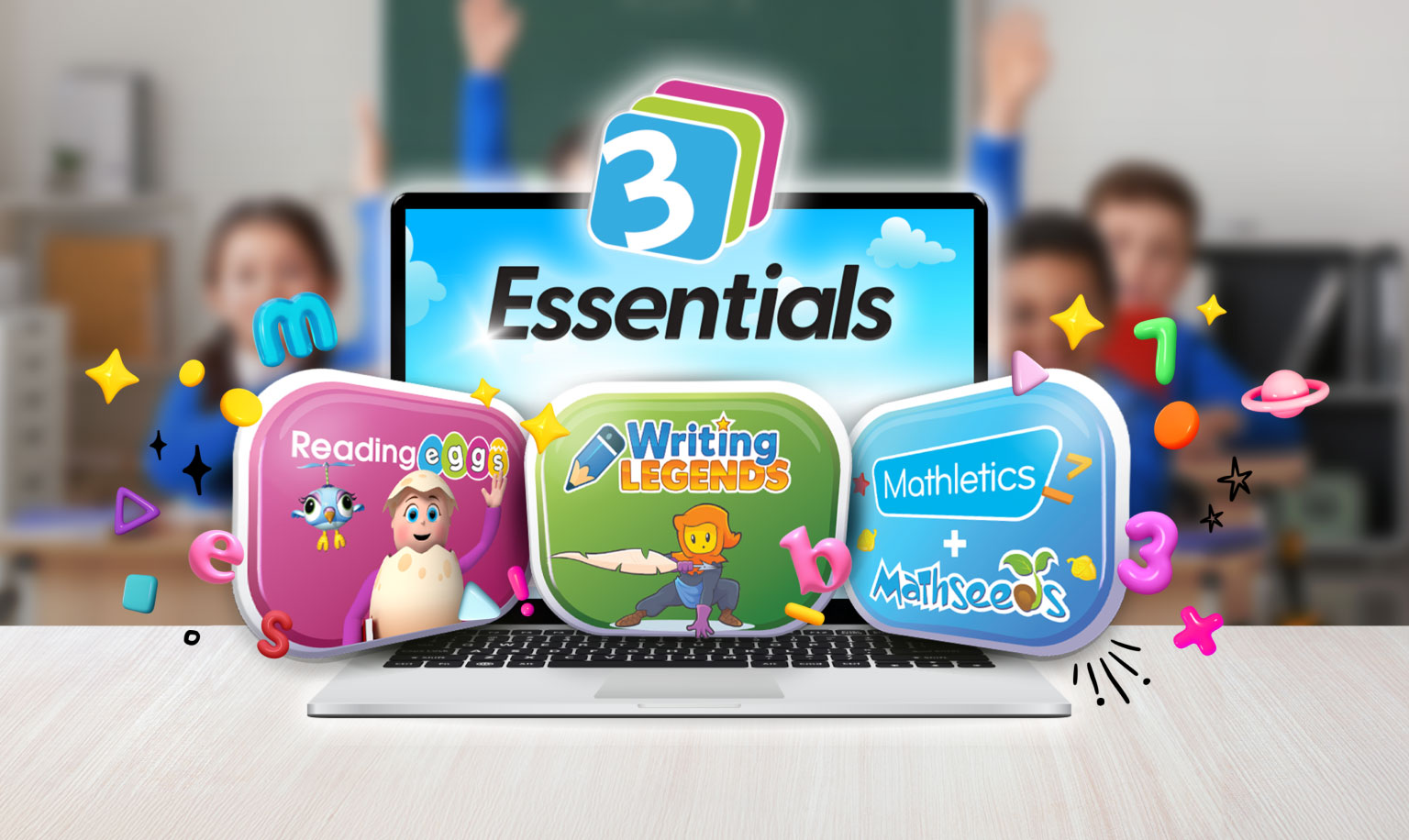
Despite your students’ objections and complaints of injustice, homework is continually proven to be beneficial to their mathematics learning.
So how do you get them to actually engage with it?
If you’re constantly setting homework that ends up undone and decaying at the bottom of your students’ bags, you might be making one of these mathematics homework mistakes that kill student engagement.
Read on to find out how you can correct them ASAP and start getting the engagement levels you really want.
Homework mistake 1: Too much drill and practice
Traditionally, the content-heavy nature of mathematics has made it a subject of drill and practice; one where systematic repetition is often the go-to strategy for teaching tricky numerical concepts. But if this is the only type of homework your students receive, mathematics starts to become repetitive very quickly.
A meaningful sequence of mathematics homework will alternate the drill and practice with opportunities to explore mathematical content in new and exciting ways. Instead of running off another set of worksheets you could:
- Get students to explore self-learning resources on the internet and report back with their findings
- Connect mathematics to topics of personal interest. Whether it’s the numerical components of a card game such as ‘Magic: The Gathering’ or a projected number of Instagram followers, highlight the mathematics that’s implicit in the things your students know and love
- Connect mathematics to the real world by asking students to research a natural phenomenon that shows mathematics in action
- Task students with a home activity that applies mathematical skills in a real context, such as baking or creating a daily planner.
These activities develop autonomy and foster a sense of curiosity in mathematics that isn’t possible with rehashed material.
Homework mistake 2: Not enough differentiation
After planning lessons that cater to a seemingly impossible spread of individual student needs — from the difficult to the downright bizarre — it’s hard to continue differentiating the work your students do outside class. But one-size-fits-all homework tasks do nothing to engage students who have different levels of ability.
Try these strategies to differentiate mathematics homework for your students:
Provide a self-learning package
Instead of drip-feeding scaffolded resources that get progressively more challenging, have students self-assess their level of understanding with an initial pre-test worksheet, and then let them choose resources best suited to their ability level from the whole range. These might include videos, informative handouts, and web resources as well as worksheets. Your students will be able to learn at their own pace without you needing to assign custom work every step of the way.
Set open-ended tasks
Open-ended tasks differentiate by student output as opposed to teacher input, which means a single task can cater to multiple ability levels. For example, you could task students with cutting simple shapes (e.g. triangle, square, rectangle) out of paper which they then put together to create models of familiar objects. Lower-ability students will benefit from putting simple objects together with common shapes, while higher-ability students could use the same activity to discover and cut out new shapes for more complex models. Every student is therefore placed in their zone of proximal development by the same task.
Use EdTech programs
EdTech programs can allow for seamless differentiated homework. For example, our Mathletics and Mathseeds programs determine lesson sequences based on students’ individual levels of ability. Using programs such as these for differentiation spares you from having to create multiple homework sets, so that you can instead focus your efforts on providing personal learning experiences during regular class time.
Homework mistake 3: Not providing meaningful feedback
If you regularly set homework without following it up in a timely and meaningful fashion, your students will begin to question why they should engage with it in the first place.
Every homework activity should receive some form of meaningful feedback, but this doesn’t mean you need to spend hours marking and composing handwritten comments. Consider the following feedback strategies as alternatives:
- Peer assessment
- Self-assessment with a student-friendly rubric
- Student written reflections
In those instances where the feedback should come from you, you can use short-hand, written comments or symbols as place-holders for common pieces of feedback (e.g. WO = ‘I need to see your working out’), and highlight specific parts of the student’s work that need attention.
The benefits of this approach are two-fold: it saves you time and allows students to easily compare their feedback across different homework tasks to find patterns and similarities. Don’t forget stamps and stickers too as an easy way of delivering praise that students love.












